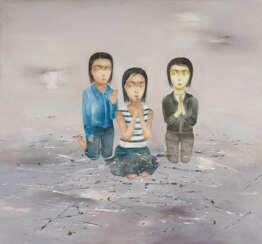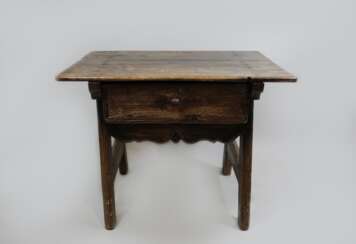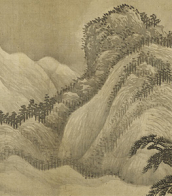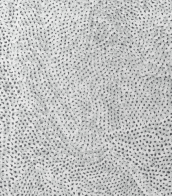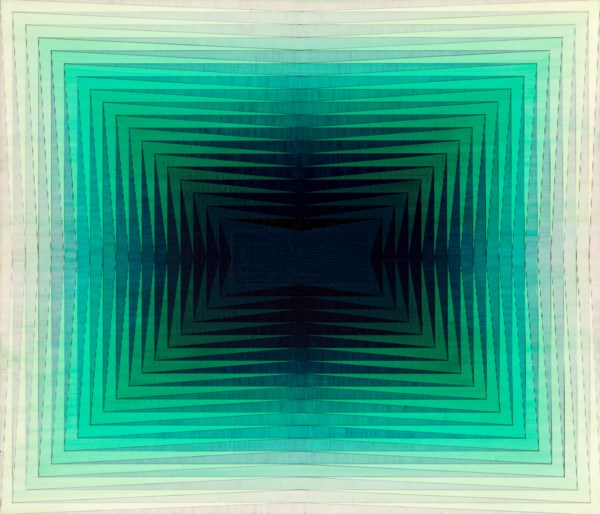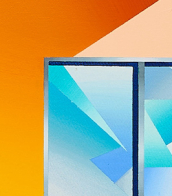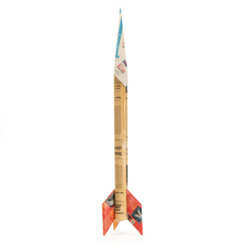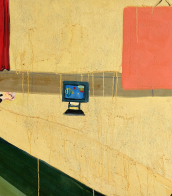lei wang

Wang Lei is one of China's most prominent contemporary artists. In addition to oil paintings on canvas, he uses paper in his art: he twists it into long, thin threads, which are then woven into reproductions of Chinese clothes.


Wang Lei is one of China's most prominent contemporary artists. In addition to oil paintings on canvas, he uses paper in his art: he twists it into long, thin threads, which are then woven into reproductions of Chinese clothes.

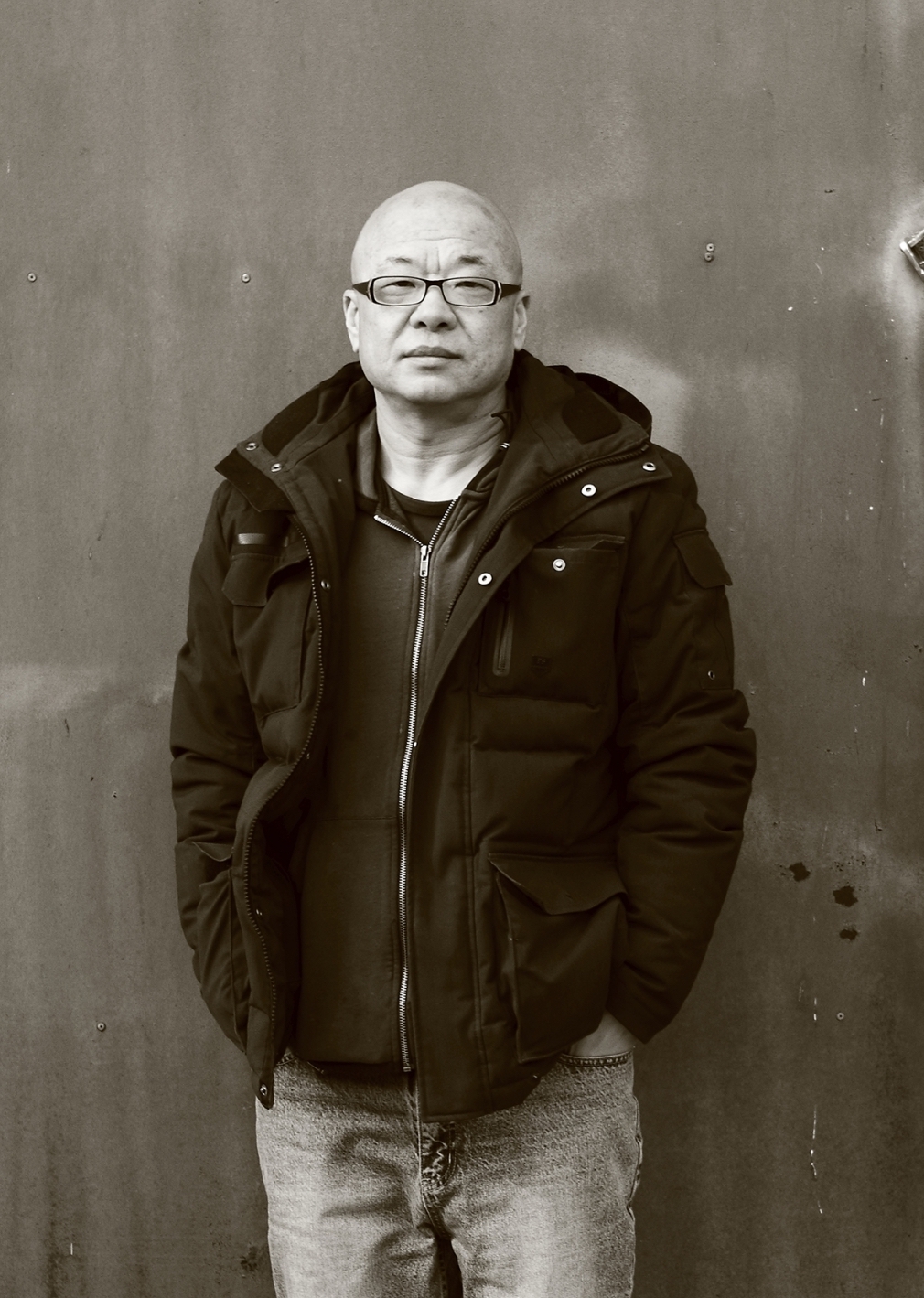



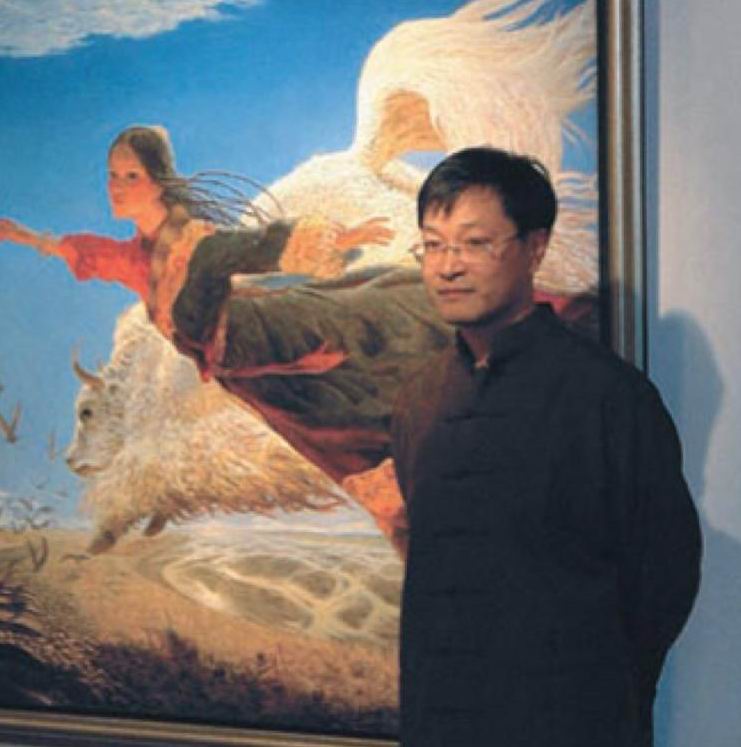


Wang Guangyi (Chinese: 王广义) is a contemporary Chinese artist. He is known as a leader of the new art movement that started in China after 1989, and for his Great Criticism series of paintings, which use images of propaganda from the Cultural Revolution (1966–1976) and contemporary brand names from western advertising.


Wang Guangyi (Chinese: 王广义) is a contemporary Chinese artist. He is known as a leader of the new art movement that started in China after 1989, and for his Great Criticism series of paintings, which use images of propaganda from the Cultural Revolution (1966–1976) and contemporary brand names from western advertising.


Paul Kleinschmidt was a German painter, graphic artist, engraver, and draftsman.
He studied at the Berlin Academy and at the Academy in Munich, where he studied the techniques of lithography and etching. Kleinschmidt created many etchings and lithographs in the modernist style and is also known for genre images of people having fun in restaurants.


Johann Adam Klein was a German painter and engraver.
He studied the art of engraving and painting at the Vienna Academy of Fine Arts, and painted battle scenes, carefully painting details and especially horses. Horses and animals in general are Klein's favorite subjects. In addition to Germany, he lived in Italy and Hungary, and everywhere he looked for subjects for his works, where horses are necessarily in the center of attention, whether it be battle scenes involving the military, or in a village stable on vacation.



